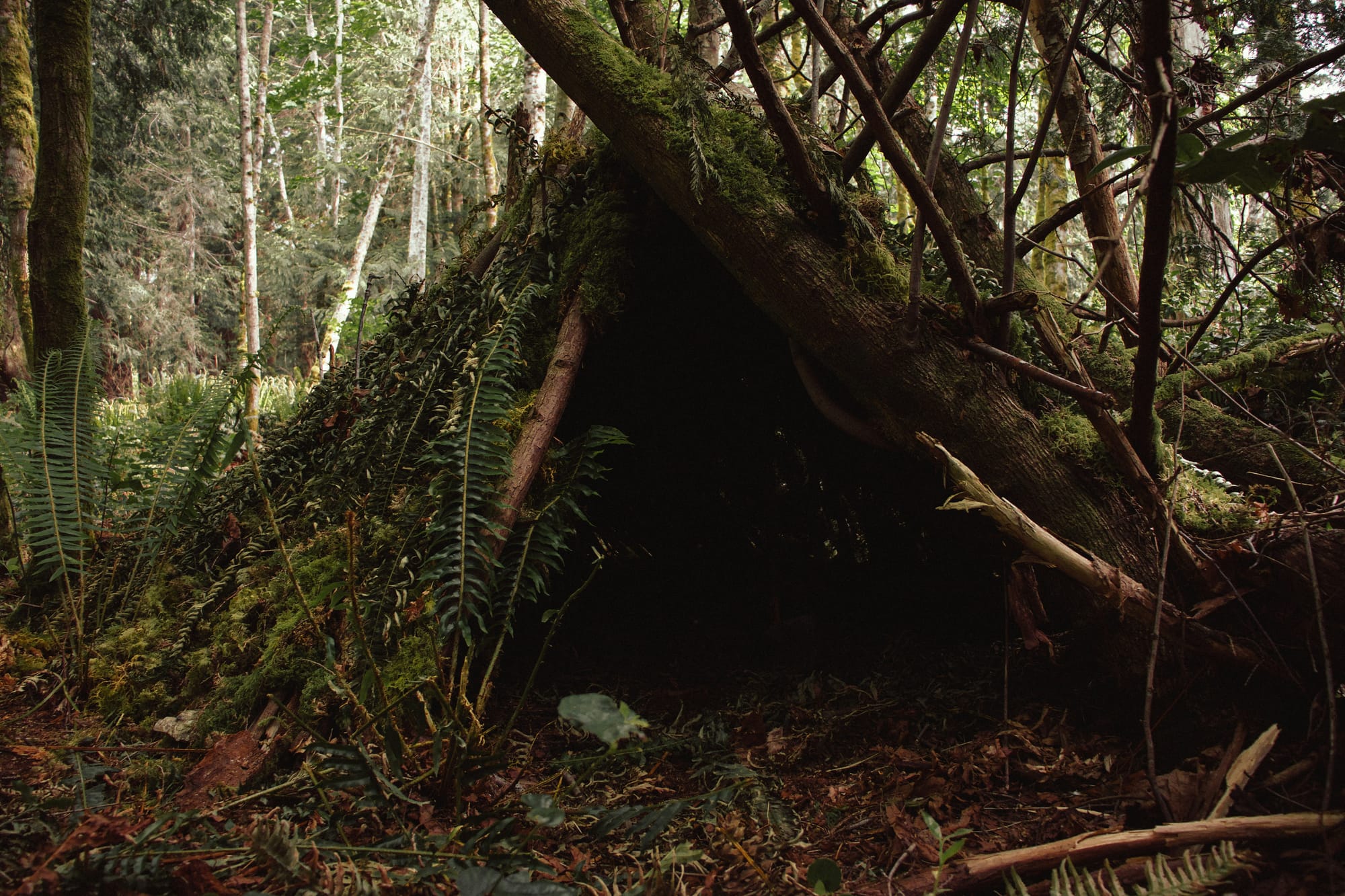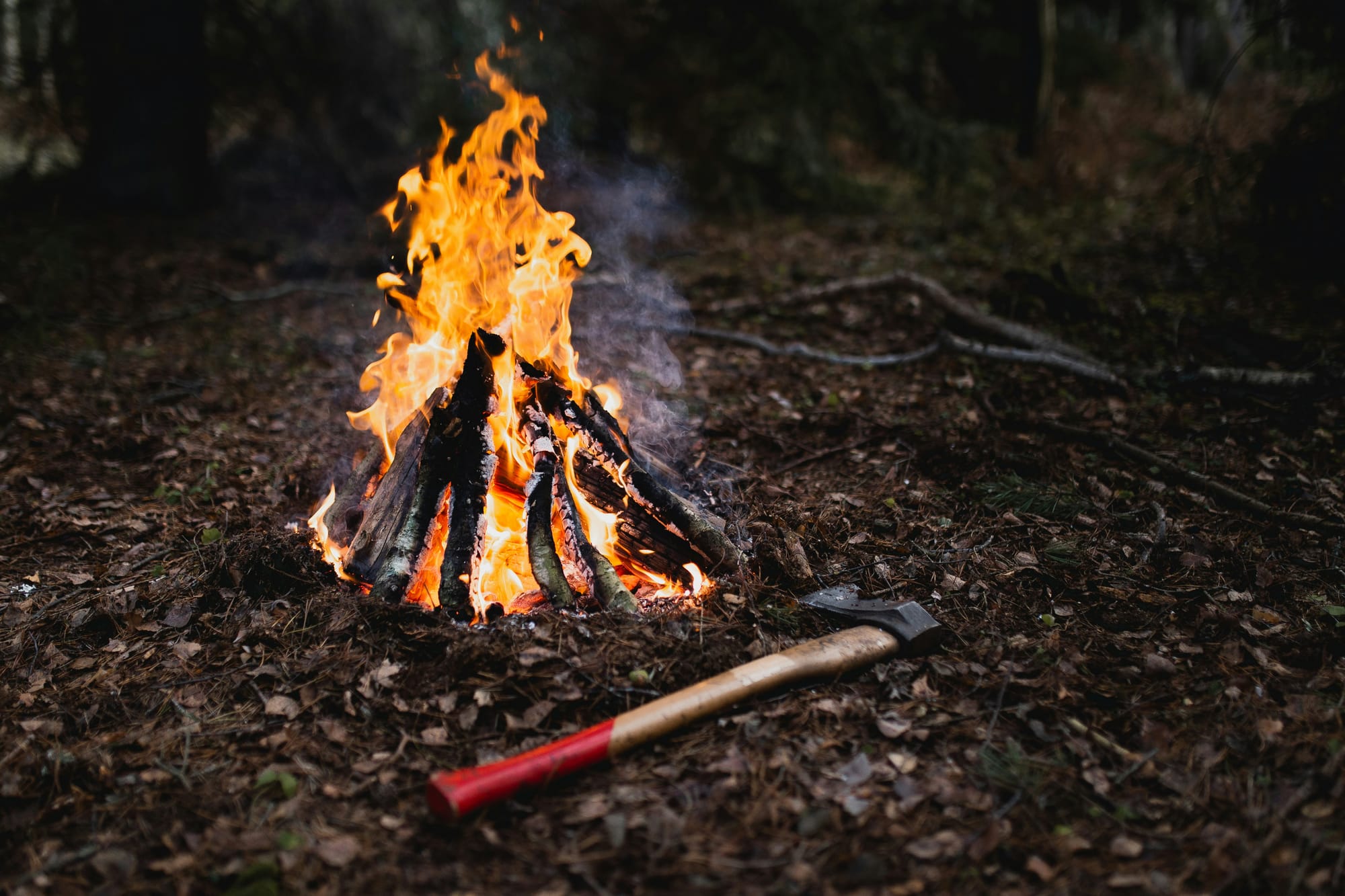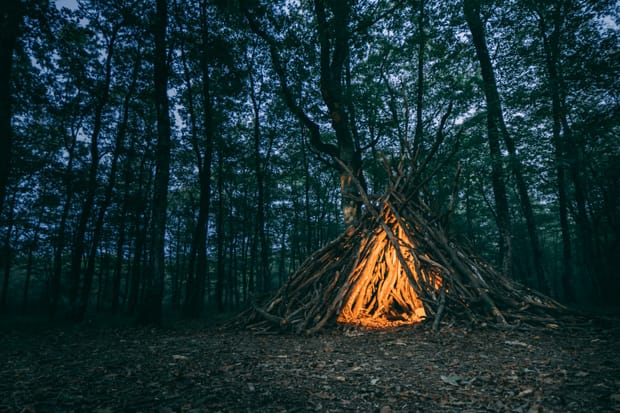Bad weather forces you to pay closer attention to the land. When rain settles in, when wind moves through the trees, or when the ground holds more water than it should, choosing the right camp spot becomes more important than anything you set up afterward. A well-chosen place brings safety, warmth, and rest. A poor choice brings a long night.
The first step is to step back. Don’t rush into the nearest clearing. Look at the ground, then look at the trees, then look at the sky. Poor conditions are easier to read when you give yourself a moment to see how the land is reacting to the weather.
Avoid low spots. Water collects in dips and hollows. Even a slight depression becomes a shallow pool after enough rain. Choose higher ground, but not the highest ridge. Strong winds sweep across exposed areas. You want a rise that drains well but still offers some natural protection.
Check the ground with your boot. If it feels spongy or shifts under pressure, move on. Saturated soil can pull heat from you while you sleep. Firmer ground keeps your shelter stable and your bedding dry. Look for a base of needles, leaves, or dry duff beneath the surface. It insulates more than bare soil.

Trees offer shelter, but choose them wisely. Stay clear of dead limbs or leaning trunks that might fall in strong wind. Instead, look for healthy trees with dense branches that can break the impact of rain and block the wind. The space beneath mature pines or spruce often stays drier than the open forest floor.
Wind direction matters. Even in heavy rain, wind tells you where to point the opening of your shelter. Face it away from the prevailing gusts. A slight angle is enough. This creates a pocket of calm air where your fire can breathe and your gear can dry.
Pay attention to runoff patterns. Rainwater follows predictable lines. Look for shallow channels carved in the soil, even if dry when you arrive. These become streams during a storm. Keeping your camp uphill from those lines prevents unwanted water from running through your sleeping area.

If you plan to build a fire, choose a place with enough natural cover to shield a small flame from the worst of the weather. A fallen log, a large boulder, or a stand of thick brush creates a break that helps the fire catch and stay lit. You don’t need a full barrier. You only need enough shelter to give the flames a fair chance.
Once you find a place that feels right, stand still for a moment. Listen. You’ll notice how the wind moves through the trees or how the rain falls in that particular spot. Those small details tell you more than any checklist. A good campsite simply feels calmer than the land around it.
Choosing a camp spot in poor conditions is not about finding perfection. It’s about understanding how water, wind, and ground behave when the weather turns. A little observation saves a great deal of effort later. With the right spot, even a wet night becomes manageable, and the morning feels easier when you step out into the woods again.







